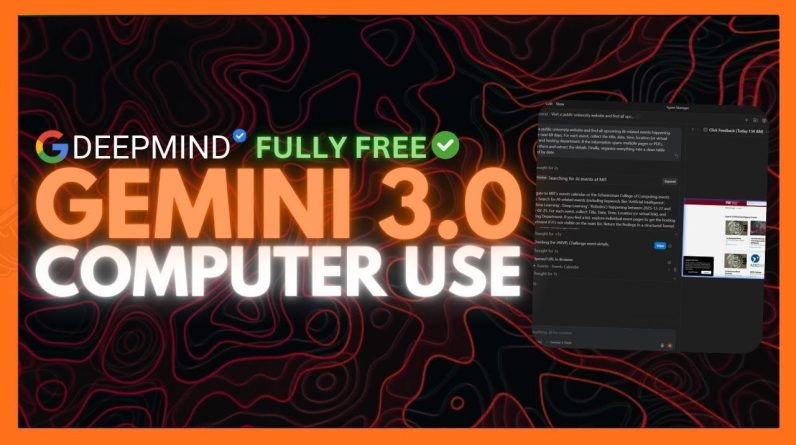
The Top Three Automation Predictions For 2025
Forrester
Sustained interest and experimentation in AI will support learning and steady progress in 2025. Generative AI (genAI) and edge intelligence will drive robotics projects that will combine cognitive and physical automation, for example. Citizen developers will start to build genAI-infused automation apps, leveraging their domain expertise.
All promising, but challenges remain that will hinder progress in 2025. We are just beginning to understand how to manage a diverse and growing number of AI models and are faced with new questions. What level of autonomy achieves the right balance of risk and efficiency? How and when do we put humans in the loop? How do we reliably extract and provide enterprise data for AI?
Despite obvious benefits and enthusiasm, these implementation challenges will hinder 2025 gains. Out of all the AI agent discussion, businesses will find only moderate success, mostly in less critical employee support applications. GenAI’s ability to create autonomous, unstructured workflow patterns and adapt to the dynamic nature of real-world processes will have to wait.
Here’s what this means: The key to automation success in 2025 will be balancing AI innovation with the scale and reliability of traditional automation tools and methods. To help you strike that balance, here’s a look at three of Forrester’s top automation predictions for 2025:
GenAI will orchestrate less than 1% of core business processes.
GenAI will affect process design, development, and data integration, reducing design and development time as well as the need for desktop and mobile interfaces. Yet this genAI efficiency still leaves current digital and robotic process automation platforms orchestrating the core process, subject to their deterministic and rule-driven models. For 2025, decision-makers can balance AI innovation with the scale and reliability of traditional automation tools and methods by recognizing that deterministic automation will remain in control of the core, long-running process while AI models will support bursts of insight and efficiency.
One-quarter of robotics projects will work to combine cognitive and physical automation.
GenAI innovations, edge intelligence, and advancing communication services are encouraging developers of physical robotics to take a fresh look at embodied AI. This will enable robots to sense and respond to their environment instead of following preprogrammed rules and workflows, exposing them to more complex and unpredictable situations. Decision-makers in asset-intensive industries will begin to see value in the combination and invest in physical automation projects to enhance their operational efficiencies.
Citizen developers will deliver 30% of genAI-infused automation apps.
The citizen developer train continues to roll and now includes genAI-infused automation apps. They have the necessary domain expertise to envision and develop these solutions. A significant portion of genAI-infused automation apps will be delivered by citizen developers in 2025. Automation centers of excellence and line-of-business management will be challenged to train and safely provision their use and control proliferation of AI models and copilot platforms.
The coming year promises to be a dynamic period for automation, characterized by growing enthusiasm and activity surrounding agentic and AI-driven operations. 2025 will serve as a crucial stepping stone to prepare for integration of physical robots, digital systems, and human endpoints. The enterprises that make the most of these automation trends will be those that learn to balance the risk and reward of automation and target the right use cases for their organization.
Download our complimentary Predictions guide, which covers more of our top technology and security predictions for 2025. Get additional complimentary resources, including webinars, on the Predictions 2025 hub.
This post was written by VP, Principal Analyst Craig Le Clair and it originally appeared here.






